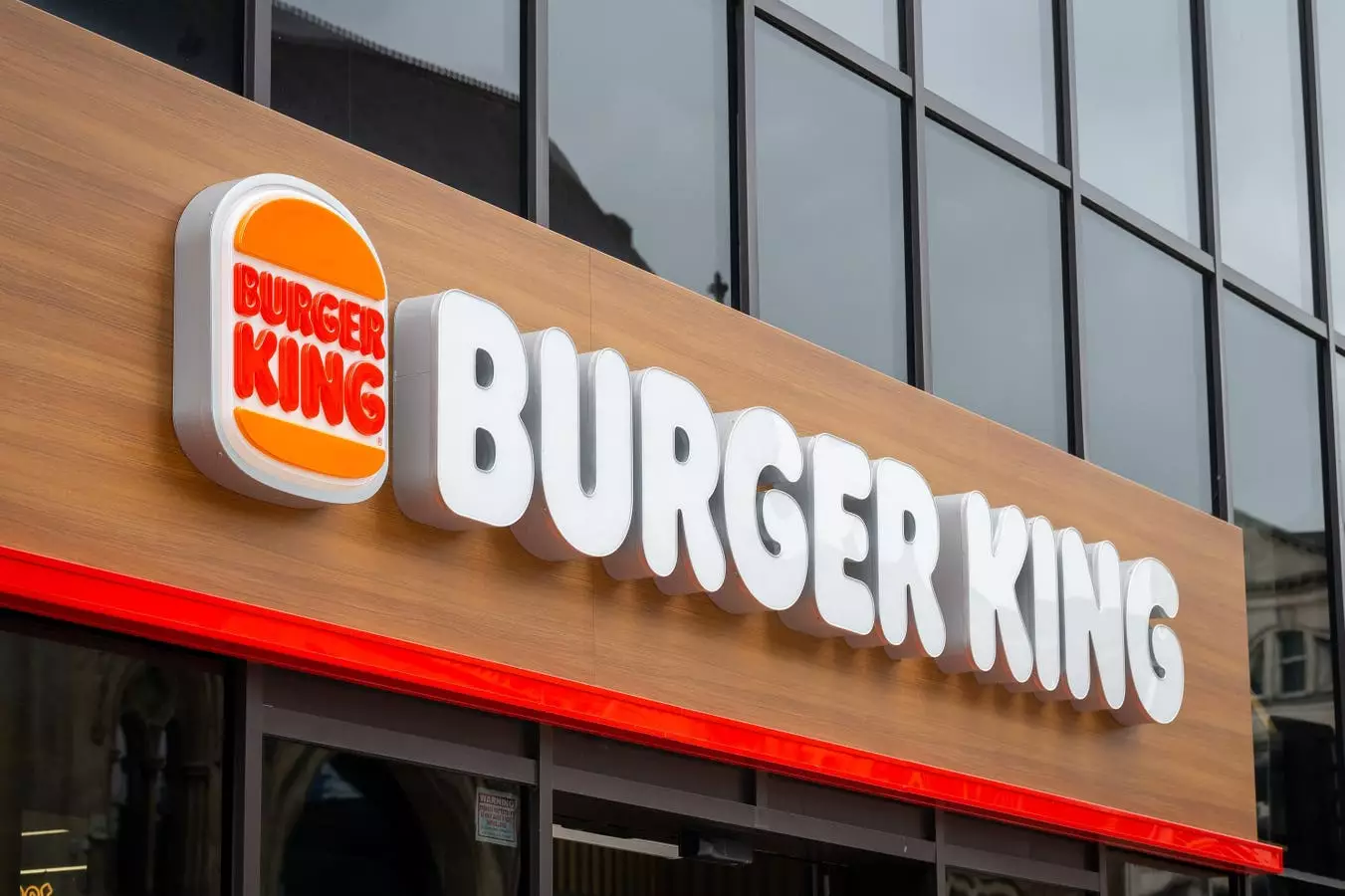Fast food competition extends far beyond mere sales figures, playing out like a live-action drama that captivates consumers and shapes cultural narratives. The iconic clash between brands like McDonald’s and Burger King exemplifies how rivalries influence consumer behavior, foster brand loyalty, and even spark social media phenomena. Through clever marketing—that sometimes treads the line of controversy—these brands have not only crafted a legacy of competition, but also transformed everyday fast-food experiences into stories that resonate across generations.
In the world of fast food, the rivalry between McDonald’s and Burger King stands as a paradigmatic example of how competition can drive innovation and consumer engagement. From the early days of the “Have It Your Way” campaign, which cheekily challenged McDonald’s dominance with its flagship Big Mac, to present-day strategies that incorporate digital engagement and social media humor, the landscape has certainly evolved. These two entities have become synonymous with fast food culture, each striving to outdo the other and capture the imaginations—and appetites—of customers worldwide.
One particularly memorable moment in their ongoing saga was when Burger King launched the “Whopper Detour” campaign. This audacious initiative encouraged customers to go to McDonald’s only to download the Burger King app to receive a Whopper at a rock-bottom price. The campaign was a masterclass in weaving humor and competition, generating buzz while significantly boosting app downloads. Such tactics illustrate that fast food rivalries are not merely superficial; they are a calculated dance of creativity and strategy that captivates the audience.
The intertwining of humor with these brand rivalries plays a pivotal role in driving customer engagement. Consumers are drawn to brands that engage them in a dialogue, and referencing rivals serves to enhance this narrative. The American Marketing Association’s concept of the “Rivalry Reference Effect” clearly reflects that brand competitors elevate the stakes of storytelling by framing their products within a broader cultural narrative. This dynamic transforms advertisements into pieces of a larger, ongoing saga—one in which the viewers feel like active participants.
A recent episode, dubbed the “Snack Wrap drama,” illustrated the significance of timing and brand awareness. When McDonald’s announced the return of the beloved Snack Wrap, Burger King was quick to respond by promoting its own Royal Crispy Wraps. By cleverly mimicking McDonald’s announcement style, Burger King showcased an adept understanding of consumer sentiment and contemporary dialogue. This moment was more than just banter; it was a reflection of how bolstering a brand’s image hinges upon timely engagement, responding to not only the market demands but also to each other’s strategies.
In the digital age, fast food brands find themselves in an intricate ballet with social media, where the narrative often spins out of their control. The emergence of memes, such as the misleading “We Don’t Snitch” reference supposedly connecting Burger King to law enforcement matters, demonstrates how quickly brand messages can morph in the hands of the public. Even though Snopes debunked the meme, its impact lingered, reminding brands of the volatility of digital narratives.
Social media platforms have shifted the power dynamics dramatically—consumers are no longer just passive recipients of marketing strategies; they actively shape brand identities through commentary, humor, and memes. Fast food brands must navigate this terrain carefully. Engaging with their audience through clever content, such as Wendy’s sharp Twitter roasts and Taco Bell’s interactive campaigns, showcases how responsiveness can develop a robust brand community. In this era, brands thrive by making their consumers feel integral to the story, fostering a sense of ownership and investment in the narrative.
The interaction between fast food brands and consumers reflects a larger cultural phenomenon. These competitive narratives are equally about food as they are about identity and connection. The rivalry between McDonald’s and Burger King goes beyond advertising; it shapes consumer habits, menu developments, and even cultural references. As these brands engage in an ongoing story drenched in nostalgia, excitement, and a sprinkle of drama, they ultimately become a significant part of the cultural fabric.
Today, these fast-food giants have evolved into more than just providers of meals. They embody narratives that are embraced and critiqued within the ever-watchful eyes of consumers. The challenge for these brands lies in understanding the balance of humor and responsibility as they navigate engagements that can shift quickly from playful to problematic. The McDonald’s vs. Burger King rivalry epitomizes a marketplace that is forever dynamic, where fast food is not just convenience, but a spectacle that engages both the stomach and the imagination—proving that even in the fast lane, the road is never truly straight.

